Can You Overdry Food in a Dehydrator?
Can you overdry food in your dehydrator? Generally, no, but the answer is nuanced. Learn the secrets of drying for storage vs drying for snacking!
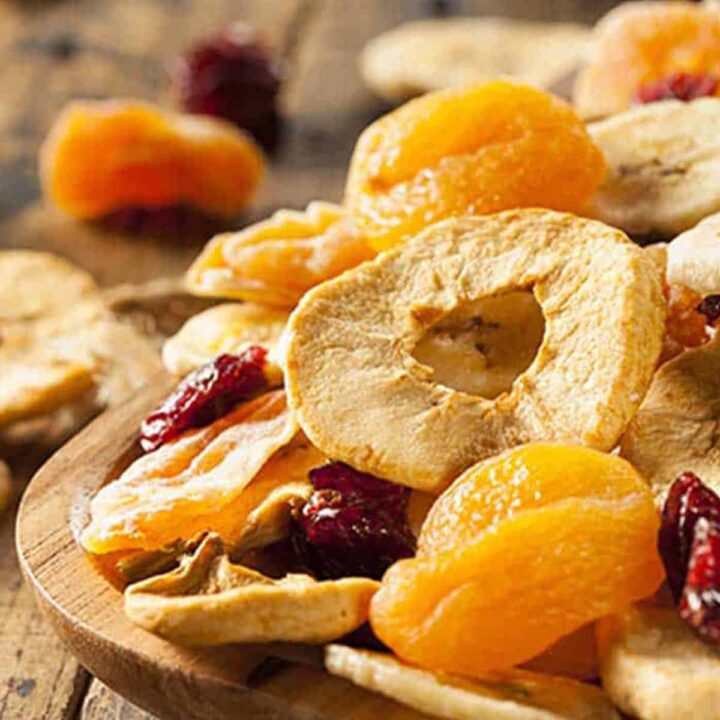
This post may contain affiliate links. Read our disclosure policy here.
Essentially, the answer is no, you cannot overdry your dehydrated foods.
The nuanced answer is this;
You cannot overdry foods you plan on putting into storage. The drier it is, the better it will store.
You might over dry fruit leather or jerky a little more than your taste preference is, but you cannot overdry food meant for food storage.
Can You Overdry Fruits and Vegetables in a Dehydrator?
- You can dry things longer than your pallet may enjoy eating such as fruit leathers or jerky or some fruits if you prefer a softer texture.
- You can dry some foods at too hot of a temperature, which depletes many of their nutrients. Herbs should not be dried at higher than 115°F / 35°C in most cases. You don’t want to dry fruits at 165°F/70°C, which can cause case hardening. It is a condition where the outside of the fruit (and some vegetables like peas) dries into a hard shell, making moisture release from the inside problematic, and can cause mold during storage. In some cases, hot temperatures can cause a change of color in fruits like citrus and strawberries where the sugars brown quickly.
How to Know when Food is Dry Enough
Fruits should be dried below 15%, vegetables should be dried at less than 10% moisture. But if you don’t have a meter to be able to read that, or don’t use humidity indicating strips (these are not food grade, see info below*), how do you know if your foods are dry enough?
Expert Tip: Remember to allow your foods to cool for about ten minutes before testing. While foods are warm, they tend to still be soft and pliable, which leads you to believe they may not be done, yet, leading to overdrying.
Vegetables
- Crisp and dry and shatters
- Sounds like a hollow ping when dropped on a hard surface (not a wet plonk)
Fruit
- Leathery and pliable. No stickiness to the surface. Bendable, but not soft for plums, cherries, peaches, cranberries, grapes, etc.
- Crisp and dry – Breaks when bent for Apples, citrus, bananas, etc.
Leathers
- Dry and pliable
Herbs
- Dry and crushable
Jerky
- Slightly bendable – but if it rips or bends easily, it needs more time. If it snaps, it is over dry (see the tips below)
- Dry surface – while any fats will rise to the surface and need to be patted off while the jerky dries, if it’s obviously wet, it needs more time.
Marshmallows
- Easily shatter with no chewy inside.
- Tip: Leave these to cool for 10-15 minutes. The longer they have to cool, the more brittle they become, giving you a truer sense of their dryness.
Tips to Keep Fruit Leathers from Over Drying
- Spread to 1/4″ on your trays, with the outer edges slightly thicker than the inner edges. Leathers tend to dry from the outside in, so a thicker edge allows for more even drying.
- Use a Teflon or silicone fruit leather sheet for best results. Parchment or baking paper is good, but if your fruit leather tends to be a little wet, the paper can absorb and stick. These dehydrator sheets from Amazon are inexpensive and can be cut to fit almost any dehydrator tray size.
- Flip your fruit leather over as soon as it is stable enough to move. Generally, the surface has lost its sheen and is dull, and the leather will not break as you pick it up. This allows a more effective drying of the whole sheet.
In each case, remove samples from your dehydrator, allow them to come to room temperature, and then test for doneness. If still warm, many things will still be pliable and non-breakable because the sugars are still warm and expanded.
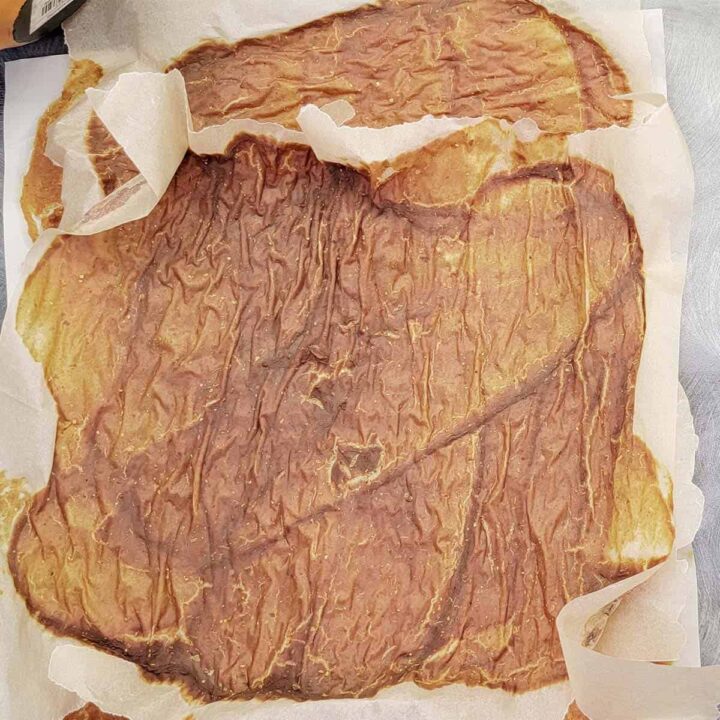
How to Fix Overdried Fruit Leather or Jerky
Fruit leather or jerky that is too brittle for your taste can be a pain but is still good for long-term storage. However, there are a few tips that you can do to help bring moisture back before serving.
- If you wish to dry things, but are afraid of a high temp / over-drying situation at night, turn your machine down to its lowest temp and continue to dry (unless it’s jerky, which needs to stay at the safe temp)
- To make your fruit more pliable for serving, allow it to sit out at room temperature for an hour or two and absorb the ambient moisture.
- If you have found that you have dried longer than you like, place your jerky or fruit leather into a plastic bag with a barely damp paper towel to allow it to reabsorb moisture
- Make a powder—if your fruit leather, jerky, or berries just can’t be rescued, make a powder from it. The fruit leather or other fruit powders can be used in so many ways, from flavoring oatmeal and yogurt to breads and drinks. The jerky powder can be used to flavor dog treats (depending on what’s in the marinade you used) to flavoring rice dishes and stews, etc.
Frequently Ask Questions
In most cases, storebought dehydrated fruits are either freeze-dried, or have additives to keep them soft. In most homes, it is not something we can reproduce when dehydrating.
But what if you ou may prefer a piece of fruit to be softer when snacking on. You can dry it for less than optimal time to keep it softer, just remember to store it in the freezer for long-term, or in the refrigerator and eat within a few days.
Remember: soft equals mold in storage.
While these strips are not food grade, and say do not let them come in contact with your foods, you can lay a muffin paper or paper towel square over your food in the jar, put the strip on top, close your jar, and test the humidity.
I don’t do this as a normal means of storage. I will, occasionally, use it on something like dense fruit if I want to put it back for storage, such as apricots or pineapple chunks. But it is definitely NOT something you need to incorporate into your routine of dehydrating.
If you’d like to hear me talk more on this subject, please click the RED YOUTUBE ARROW below if you don’t see the video automatically load.
More Dehydrating Food Basics
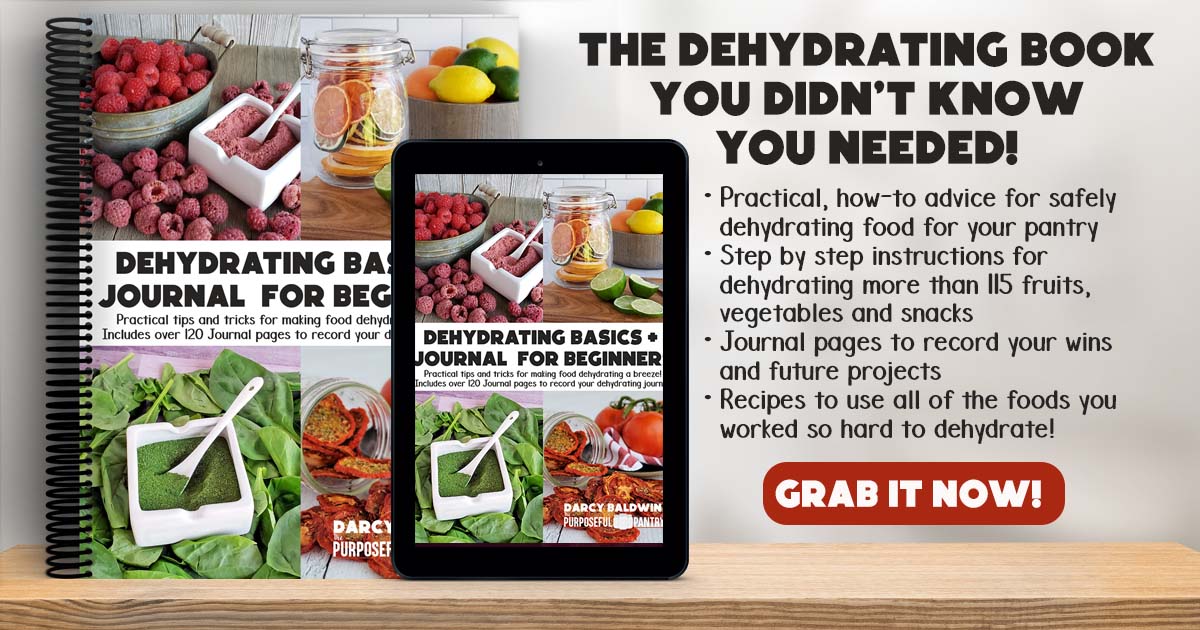


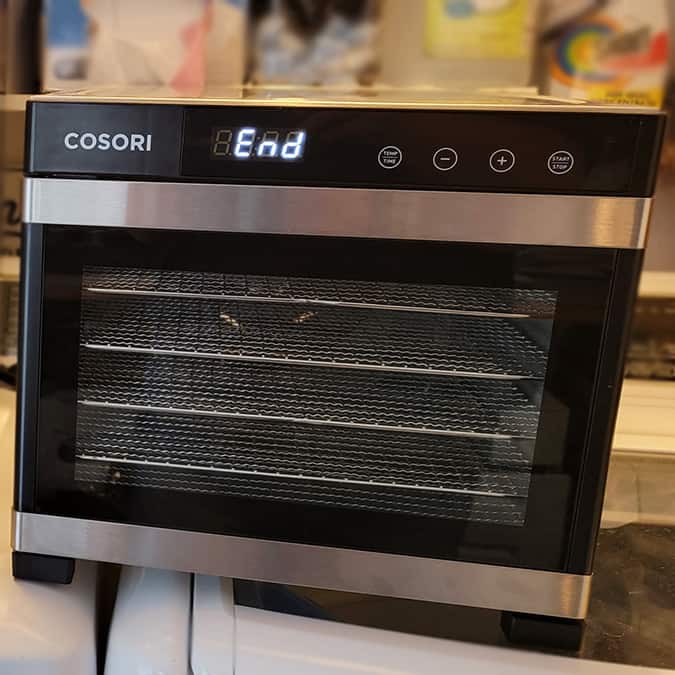
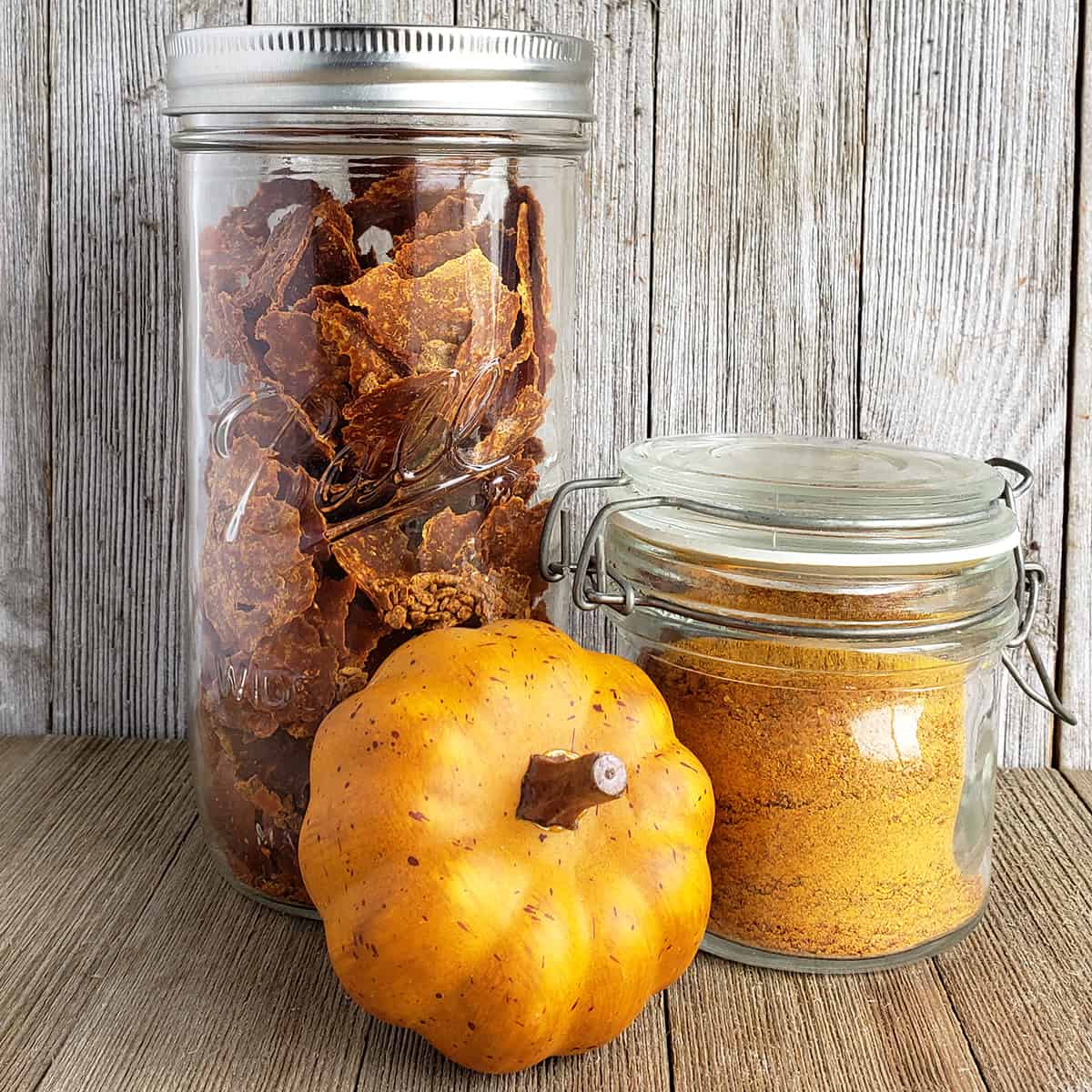
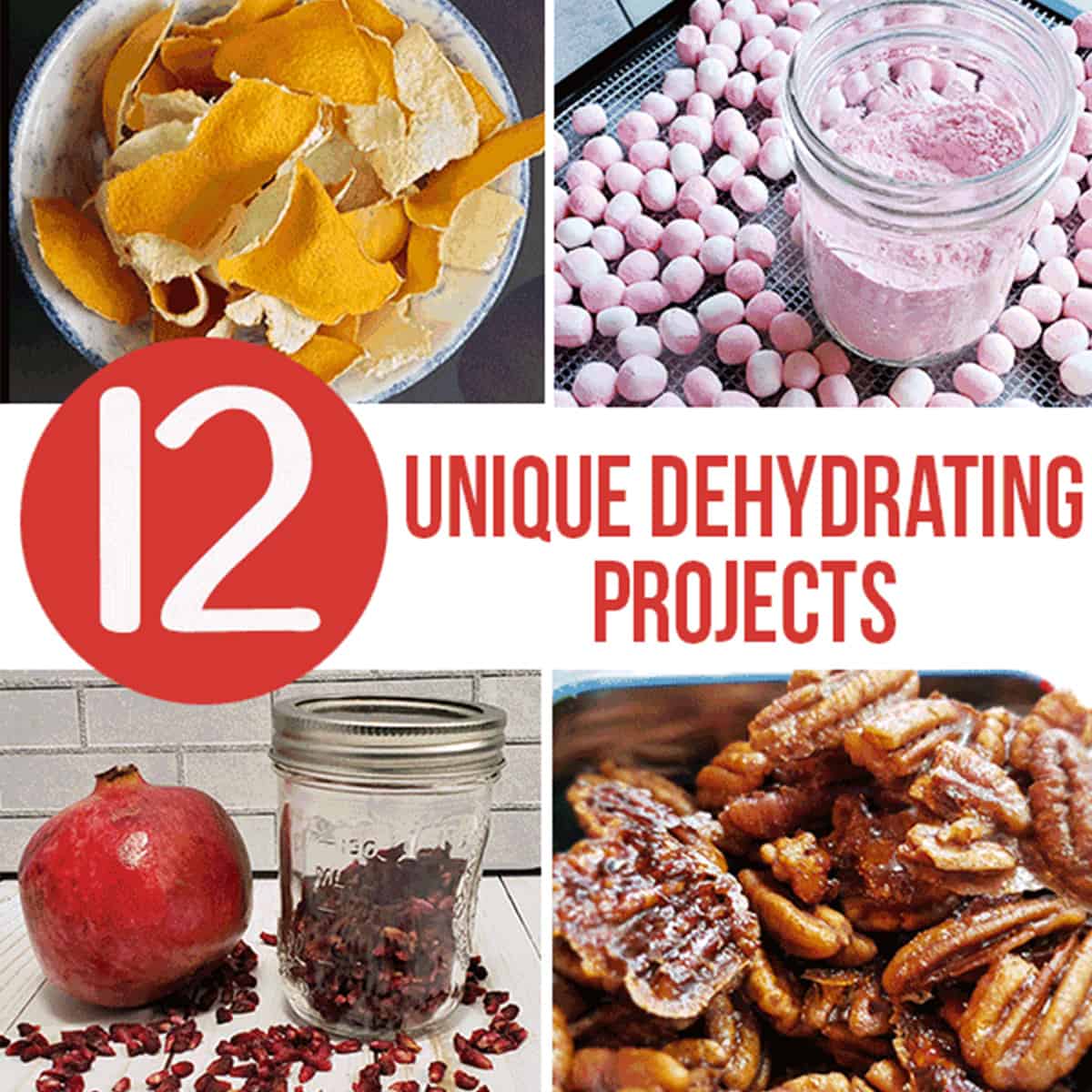
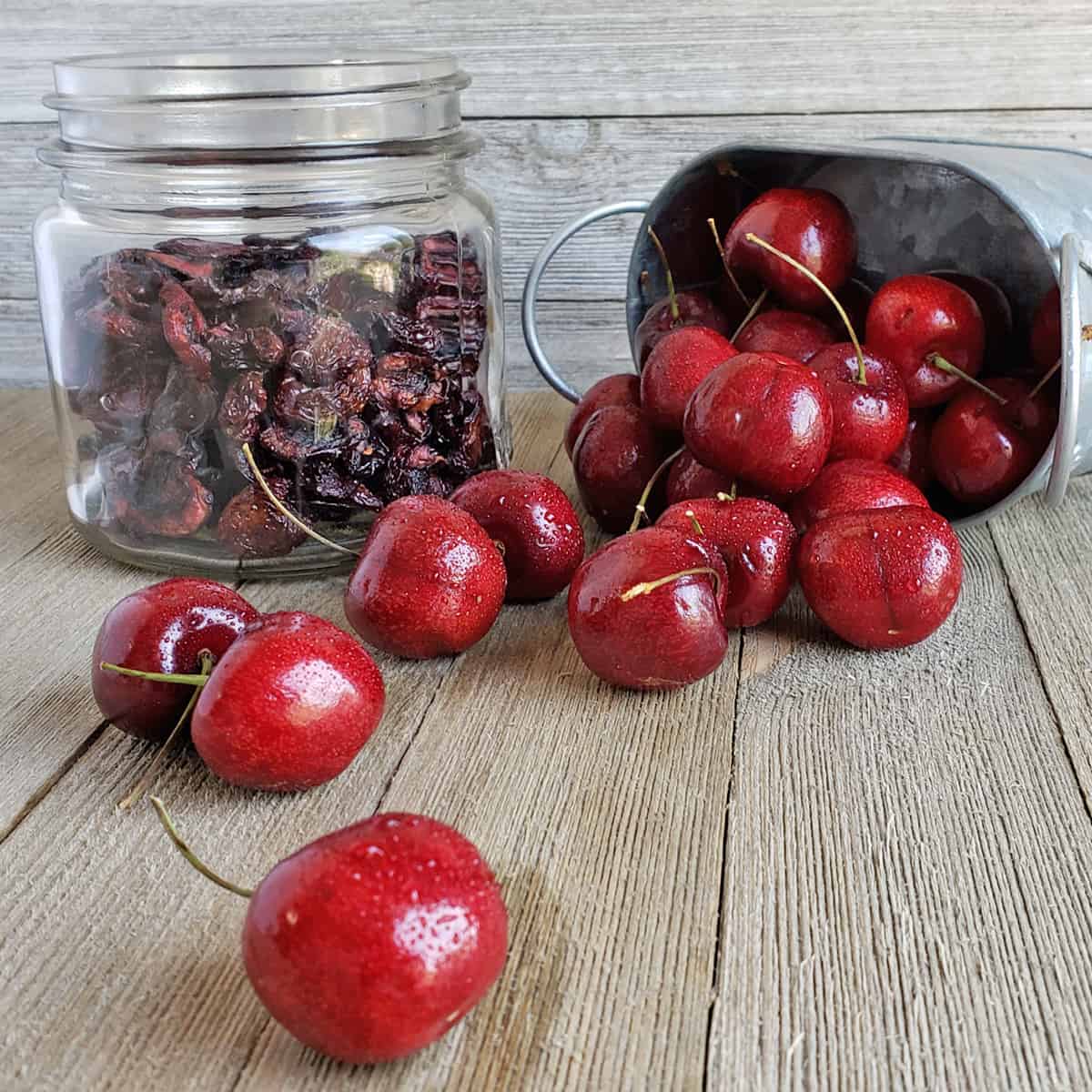
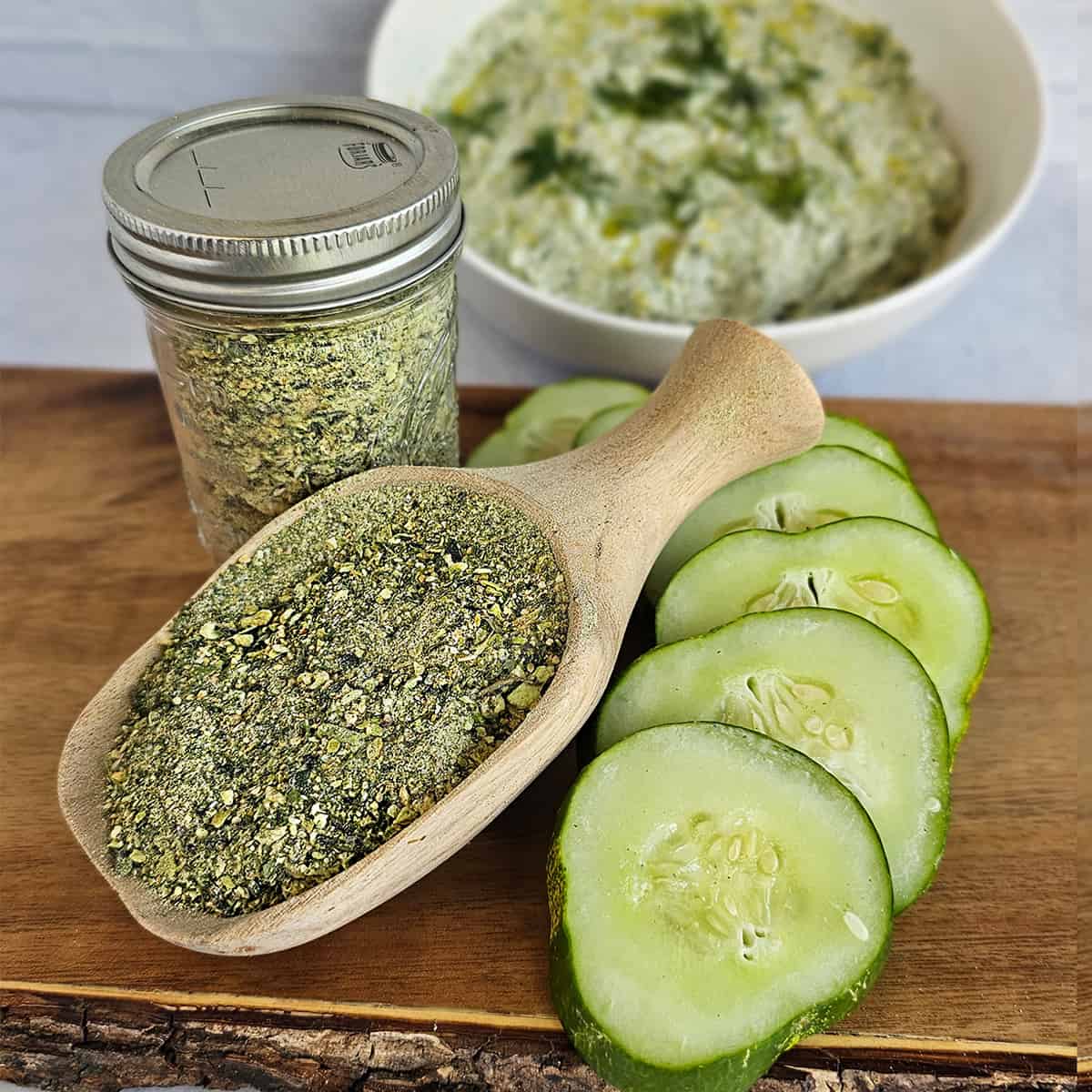
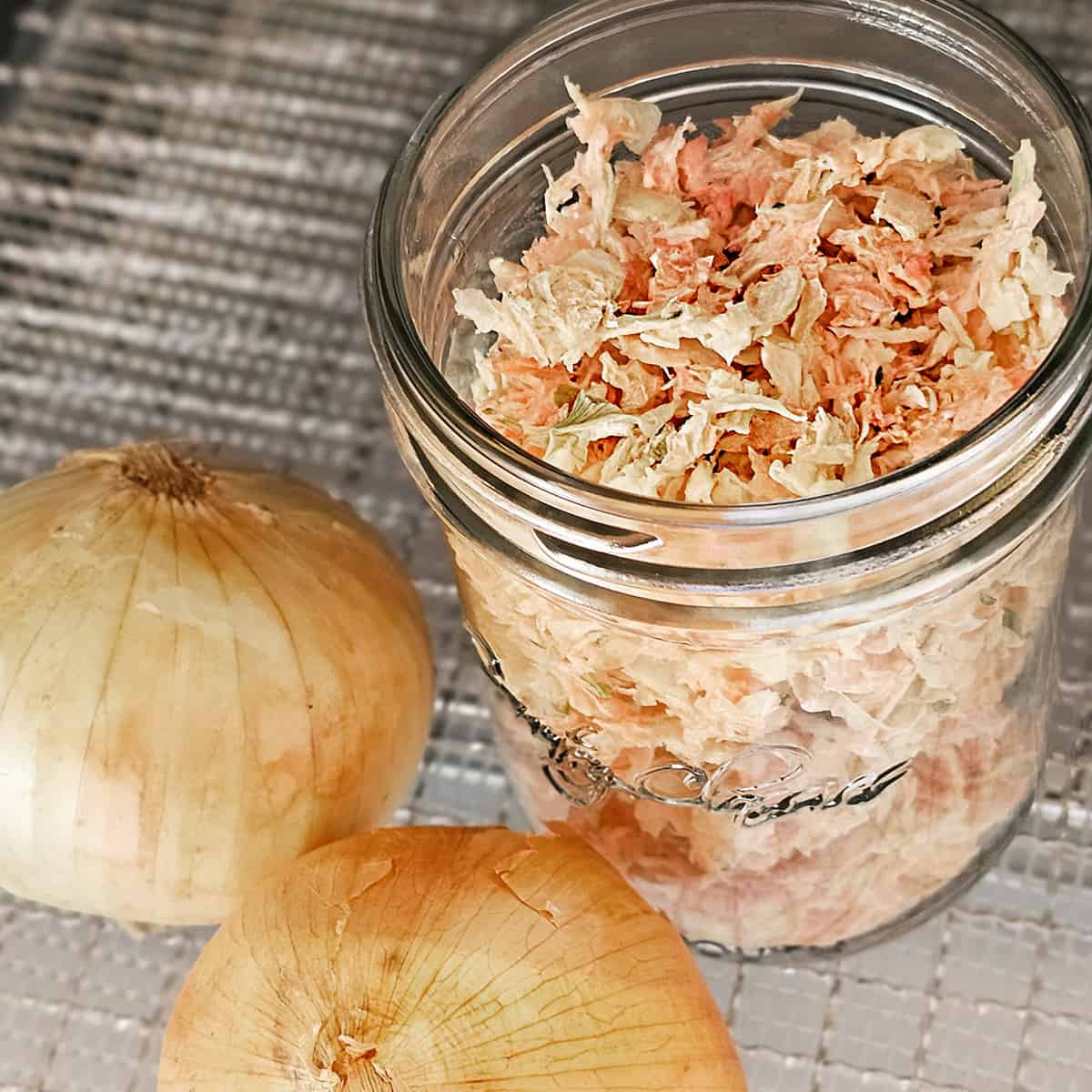
Where to get a manual for this square hydrator?
Because I don’t know what square dehydrator you mean, try this: https://www.thepurposefulpantry.com/dehydrator-manuals/